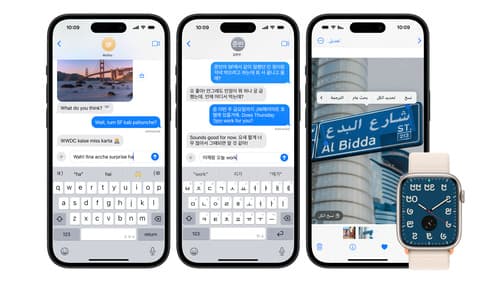how to transform date to en_us_posix
Asked on 2024-08-22
1 search
To transform a date to the en_US_POSIX locale, you would typically use a date formatter in your code. The en_US_POSIX locale is a special locale identifier that is used to ensure consistent date formatting regardless of the user's locale settings. This is particularly useful for parsing fixed-format date strings.
Here's a basic example in Swift:
let dateFormatter = DateFormatter()
dateFormatter.locale = Locale(identifier: "en_US_POSIX")
dateFormatter.dateFormat = "yyyy-MM-dd'T'HH:mm:ssZ"
let date = dateFormatter.date(from: "2023-10-05T14:48:00+0000")
This code snippet sets up a DateFormatter to parse a date string in a specific format using the en_US_POSIX locale. This ensures that the date parsing is not affected by the user's current locale settings.
For more detailed information on handling dates and localization, you might find the session Build multilingual-ready apps helpful, which covers localization techniques.

Build multilingual-ready apps
Ensure your app works properly and effectively for multilingual users. Learn best practices for text input, display, search, and formatting. Get details on typing in multiple languages without switching between keyboards. And find out how the latest advances in the String Catalog can make localization even easier.

Render Metal with passthrough in visionOS
Get ready to extend your Metal experiences for visionOS. Learn best practices for integrating your rendered content with people’s physical environments with passthrough. Find out how to position rendered content to match the physical world, reduce latency with trackable anchor prediction, and more.

What’s new in Create ML
Explore updates to Create ML, including interactive data source previews and a new template for building object tracking models for visionOS apps. We’ll also cover important framework improvements, including new time-series forecasting and classification APIs.
